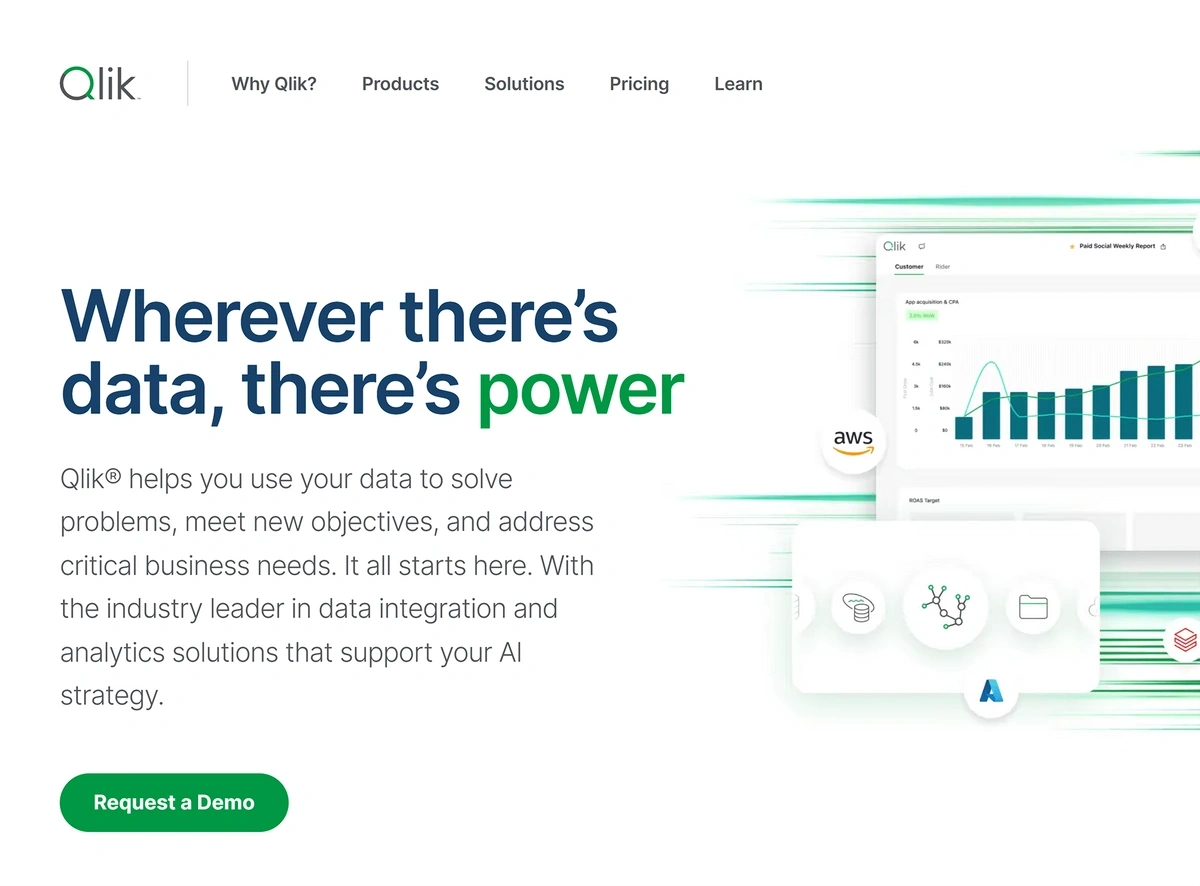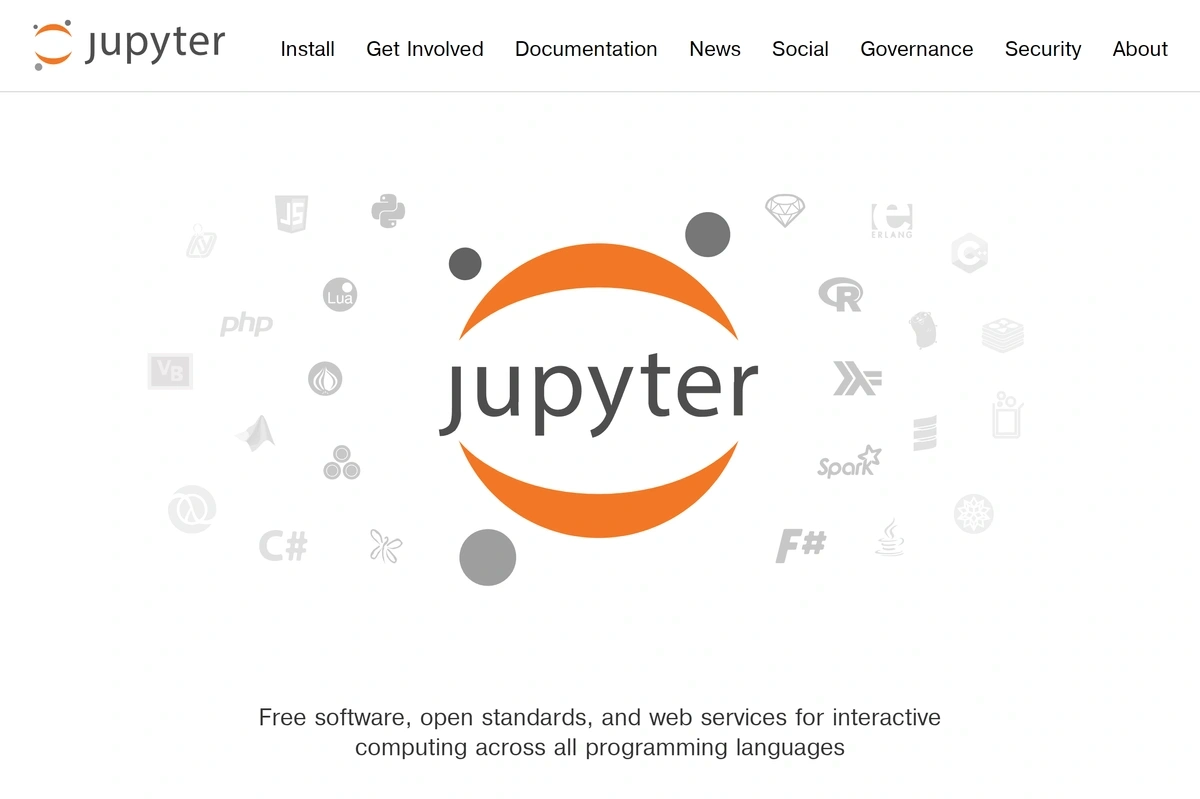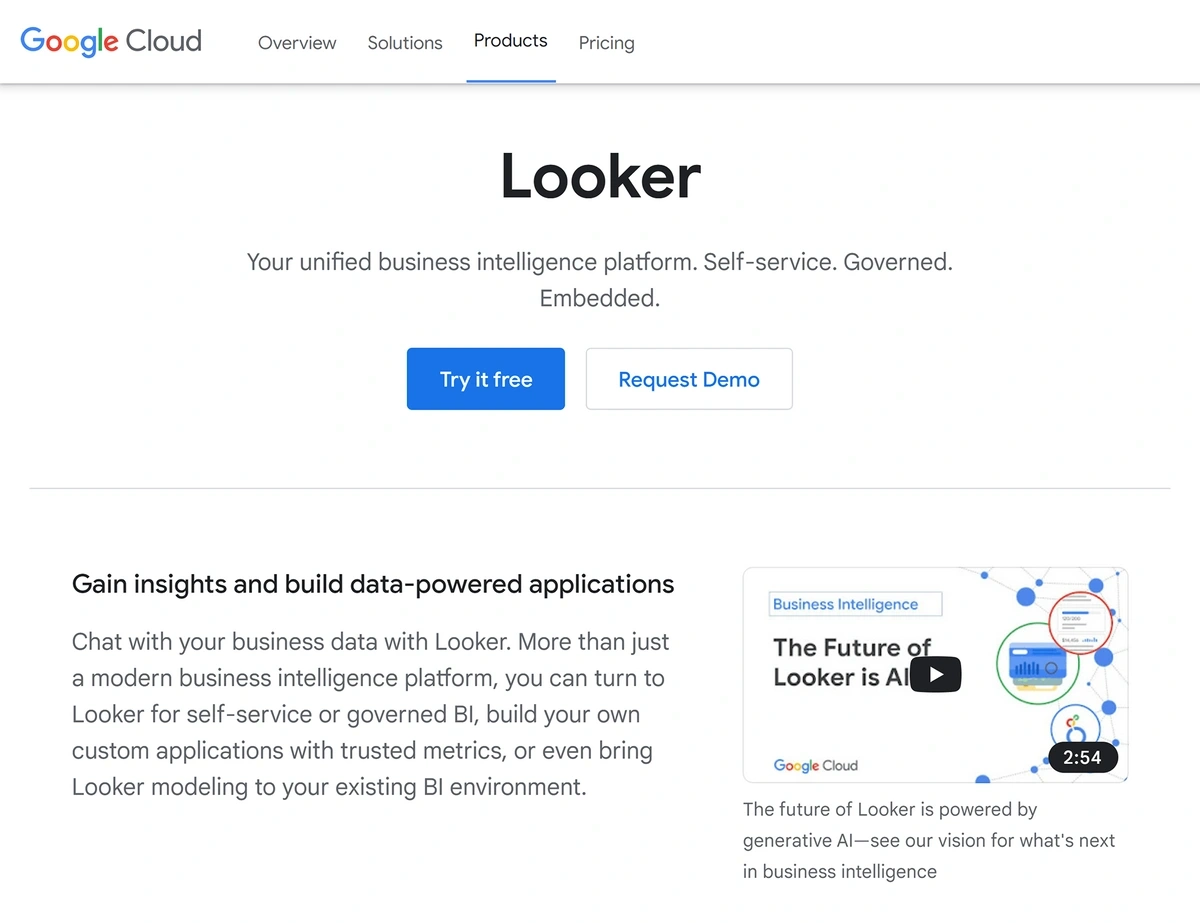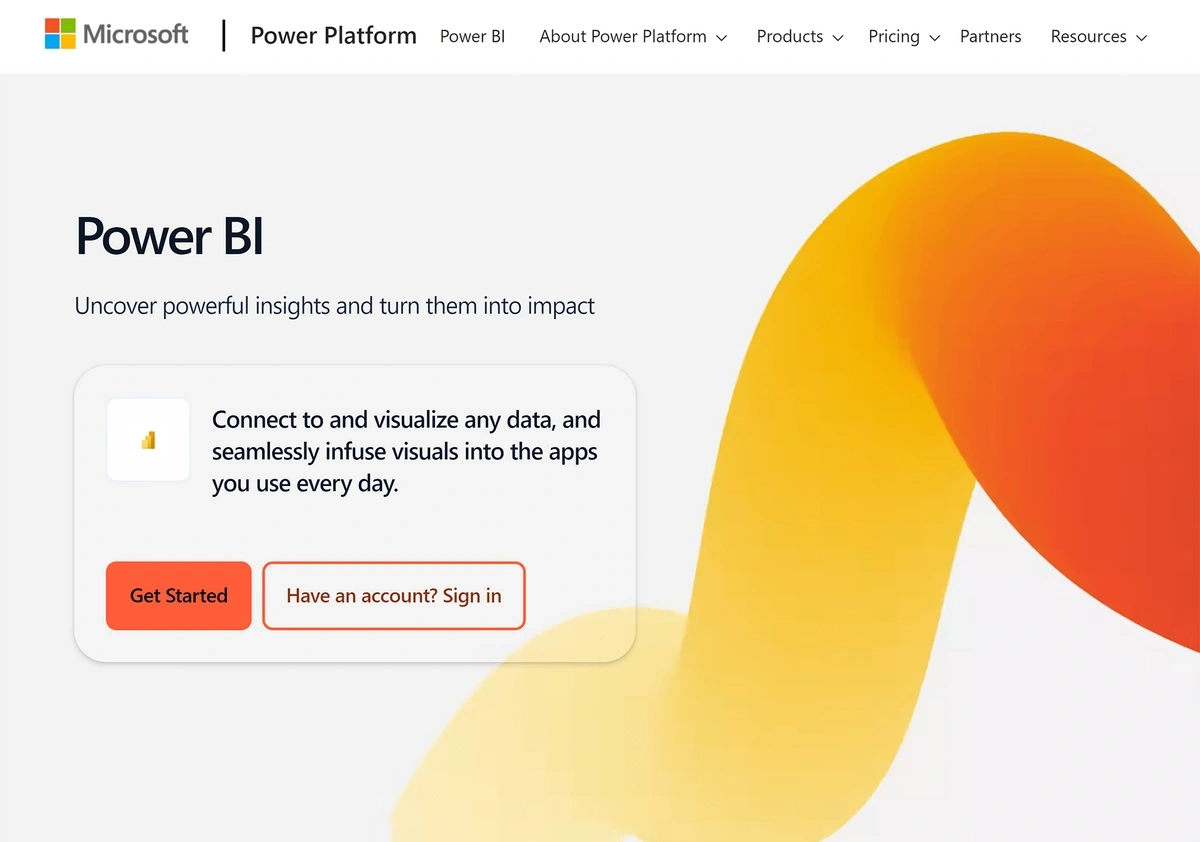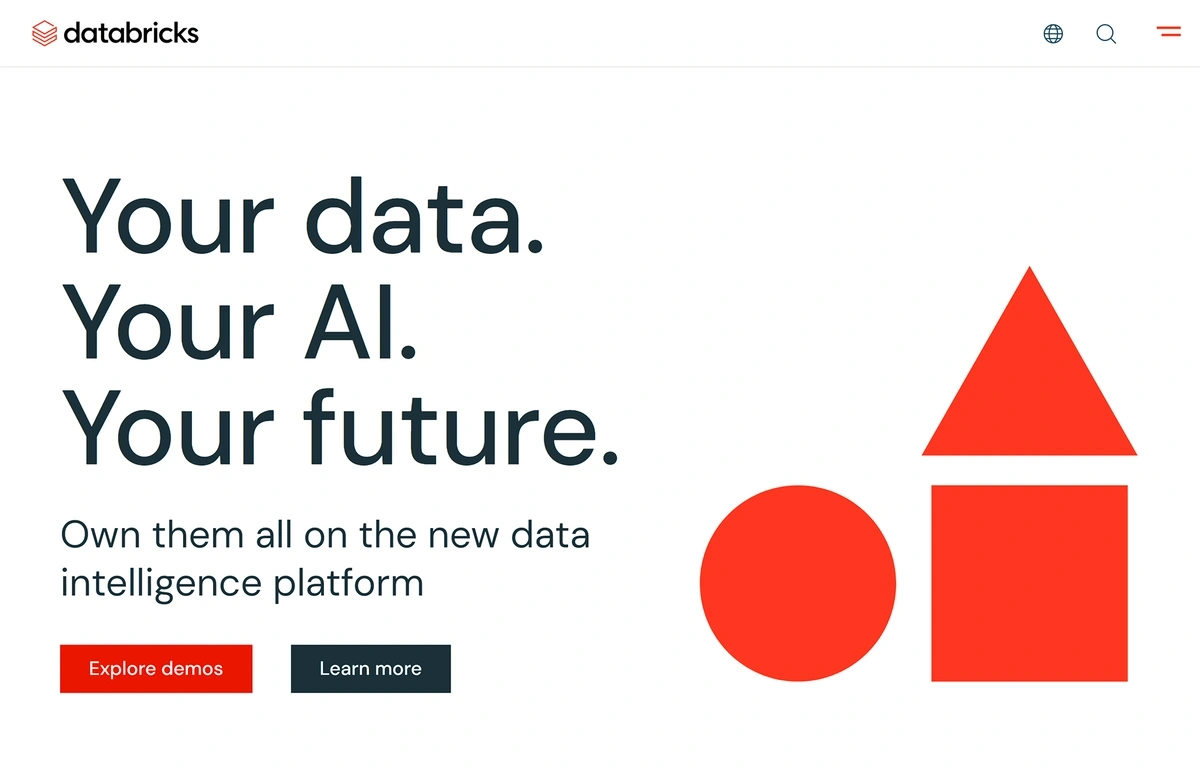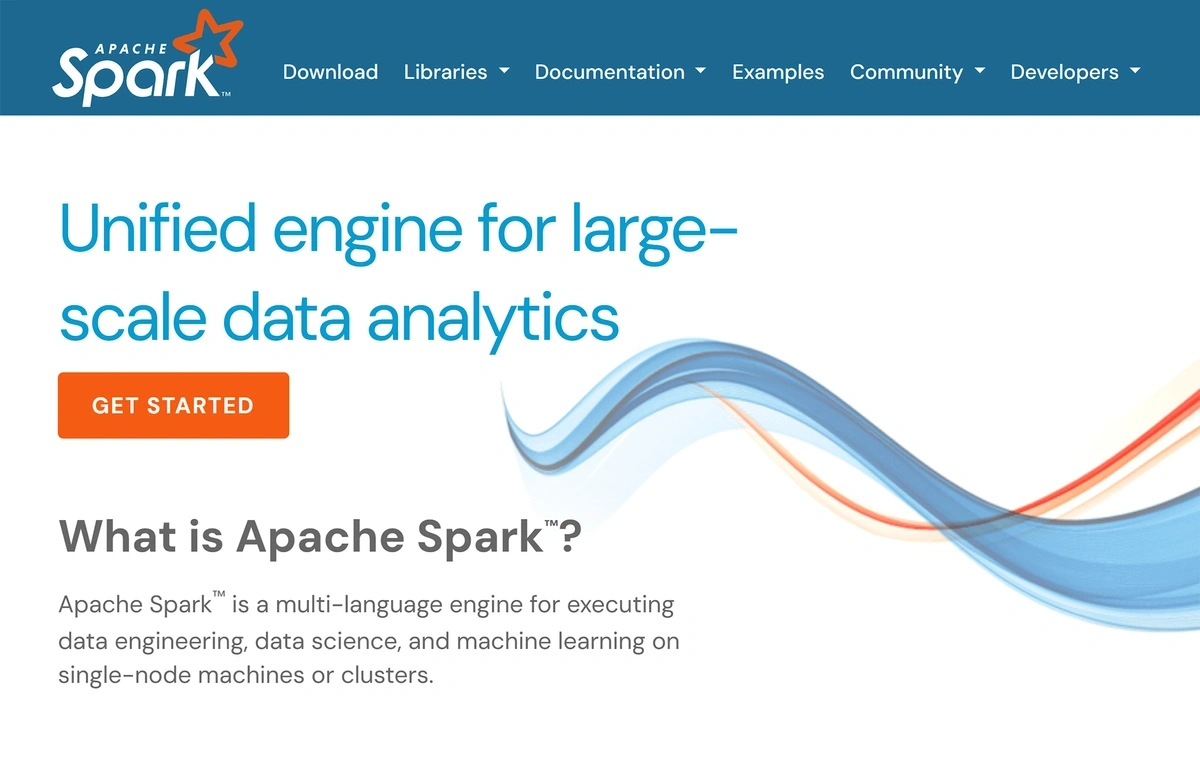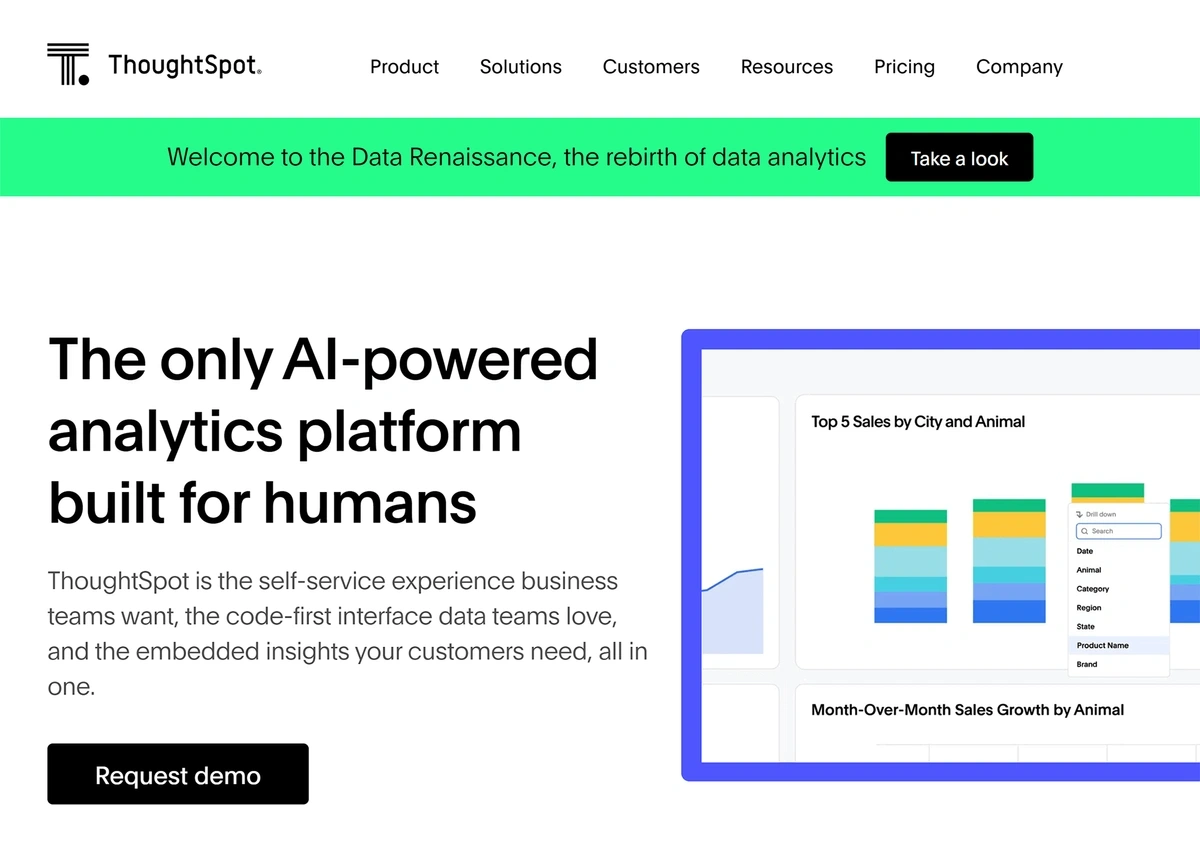
8 Top Data Analytics Tools (2024)
If you're still analyzing data sets in Microsoft Excel, it's time to explore how a good analytics tool will make your work easier—and help you uncover better business insights.
The eight data analytics tools on this list are the best options available right now, whether you’re seeking a new data management tool or a powerful engine for training machine learning models.
1. Qlik Sense
Qlik Sense is an artificial intelligence (AI) enhanced analytics and data visualization tool.
The platform is accessible to all users at an organization, including those that aren't familiar with machine learning or data analysis.
Qlik Sense's integrated generative AI indexes your business analytics and responds to natural language inputs for quick analysis. This makes it ideal for empowering all users in your business to access data insights as needed.
However, technical users may still use Qlik Sense for more in-depth, powerful data analysis, including:
- Getting instant calculations through data selection
- Building workflows for data analysis with defined trigger actions
- Developing forecasts with predictive analytics
You can use Qlik tools to manage data from a wide range of sources like:
- Azure
- SAP
- MongoDB
- Salesforce
- OpenAI
- MySQL
If your organization has a larger number of non-technical, business users than full-fledged data analysts, Qlik Sense is a good choice.
Your data team can bring in information and configure reporting workflows, and your business users can continue to explore data on their own through the tool's interactive visualizations and simple prompting.
How Much Does Qlik Sense Cost?
You can use a cloud-based, hosted version of Qlik, or install an on-premises solution that you manage internally.
Access to the Qlik Cloud Analytics platforms starts at $20 per user, per month when billed annually. You must purchase a minimum of 10 user licenses.
If you're interested in Qlik's on-premises solution, you'll need to get in touch with the company to request a demo and price quote.
2. Jupyter
Jupyter is a free data science toolset.
One of the most useful features in the Jupyter ecosystem is a data analysis tool called Notebook. By creating Jupyter Notebooks, you can use code to compile data, visualizations, equations, and related explanations into one document.
Jupyter's tutorial for this process—created in a notebook—is a great example of how code, data, and charts are displayed side-by-side when compiled:
Completed notebooks are an easy way to share your work and its results with other data scientists.
Jupyter is a platform for technical users—you'll need to know a coding language like Python or R to get the most out of its tools. If you or your team aren't comfortable working with code, you'll want to try another Qlik or another tool that uses natural language inputs.
How Much Does Jupyter Cost?
There's no charge to use Jupyter's free open-source software.
3. Looker
Looker is Google's data analytics and business intelligence tool.
Data analysts use this tool to:
- Explore data modeling related to business metrics
- Source and analyze public datasets
- Build embedded analytics applications for use within your company
- Visualize data through charts and graphs
There's also a robust Looker Marketplace that lets you connect pre-built code blocks, data sets, and applications including:
- Amazon Redshift
- AWS Cloud Cost Management
- Hubspot Marketing
- Jira
- Zendesk
- Snowflake
- Public COVID-19 datasets
- Weather datasets
- Google's machine learning accelerator
Looker is a powerful tool that’s ideal for advanced analytics users. It’s not as user-friendly for business use cases—though you can build rich dashboards with data visualizations and share them with your non-technical team.
How Much Does Looker Cost?
Looker—which differs from the free Looker Studio application—is part of Google Cloud. This service uses pay-as-you-go pricing based on the type and amount of computing that you do.
If interested, you'll need to contact Google for more information on projected pricing.
4. Microsoft Power BI
Microsoft Power BI is a data integration and analysis tool.
Like Qlik, Microsoft Power BI has built-in AI capabilities that can help technical and non-technical users visualize data.
When using Microsoft Power BI, you'll need to connect a variety of data sources to create a OneLake data hub. This is where you'll continue to manipulate, analyze, and visualize data points.
You can pull data in from sources like:
- IBM databases
- MySQL databases
- Oracle databases
- Excel documents
- SharePoint lists
- Snowflake
- SAP Business Warehouse
The platform scales to support thousands of users, so it's a suitable solution for large enterprises. It's also nice if your company uses other Microsoft tools—you can embed the results of your Power BI data analysis into PowerPoint presentations and more.
How Much Does Microsoft Power BI Cost?
It's free to start using Power BI. To analyze more data, publish reports, and share findings with collaborators, you'll need a paid plan. Options start at $10 per user, per month.
5. Altair Rapidminer
Altair Rapidminer is a data analytics and AI platform.
Like Qlik and Microsoft Power BI, Altair Rapidminer offers solutions for technical and business users. Use the tool to:
- Import data from unstructured sources like spreadsheets and PDFs
- Train machine learning processes with user-friendly, no-code tools
- Set up interactive visualizations, decision trees, and simulations for your team to view
- Use code to dig deeper into data analysis
- Continually analyze data in real time and display results on dashboards
You can opt to use Altair Rapidminer in the cloud, hosted on your business premises, or via a hybrid of both models.
How Much Does Altair Rapidminer Cost?
Altair Rapidminer customizes plans based on customer needs and usage, so you’ll have to contact the company for a price quote.
6. Databricks
Databricks is an AI-powered data storage and data analysis tool.
It acts as both a data lake and a data warehouse, allowing you to store data from different sources without silos. After bringing your datasets into Databricks, you'll be able to:
- Write code in Python, R, Scala and SQL
- Use low-code tools to speed up the coding process
- Build interactive data visualizations (useful for data storytelling)
- Create data dashboards to share with others
It’s like Jupyter in that you can also compile your data, charts, and comments into a notebook. Unlike Jupyter, though, Databricks is natively a cloud tool—which may be preferred by some teams.
Databricks also allows you to train generative AI algorithms and machine learning language models on your datasets.
How Much Does Databricks Cost?
Databricks has a pay-as-you-go, usage based pricing model. Rates start at seven cents per unit of processing power. The total cost you pay depends on which features you use and how many processing units you consume.
7. Apache Spark
Apache Spark is an open-source engine for data engineering and analysis.
It's suitable for high volumes of data preparation and analysis. You can work with up to a petabyte of data without having to select a smaller sample.
After connecting to your structured or unstructured data sources, you can start:
- Conducting large-scale data analysis
- Training machine learning algorithms
- Building reporting dashboards as you work
Plus, the platform is compatible with programming languages like:
- Python
- SQL
- Scala
- Java
- R
There's no way to use Apache Spark without knowing one of these languages, though, so it's a platform best suited to highly technical users.
How Much Does Apache Spark Cost?
Apache Spark is free to use and is a self-hosted program.
8. ThoughtSpot
ThoughtSpot is an AI-powered, self-service analytics platform for business teams.
The ThoughtSpot platform allows you to pull in, analyze, and visualize data from a variety of sources, including:
- Snowflake
- Oracle
- Amazon RDS
- Google Cloud SQL
- Spreadsheets
It’s like Altair Rapidminer and Qlik in that technical analysts can use code to work with data, while business users get to explore information intuitively by asking questions in natural language.
Technical users get to take advantage of ThoughtSpot's AI too, though—it’s able to assist with writing code when using SQL, R, and Python.
How Much Does ThoughtSpot Cost?
ThoughtSpot plans start at $95 per month for five user seats. The company also offers a customizable enterprise-grade plan for large organizations with complex data analysis needs.
Conclusion
The data analytics software options on this list can help you get the most out of the big data your business relies on to make informed decisions.
If you source much of your data through public datasets, trend spotting tools, or via web scraping, you'll want to use a tool that allows for import via CSV file. Altair Rapidminer and ThoughtSpot are two good choices.
And, if most of your data is stored in existing data lakes, tools like Looker and Microsoft Power BI will help you break down silos and establish better data governance across your organization.
To learn more about how to better leverage big data in your work, check out our complete guide to the top data analytics trends to watch this year.
Stop Guessing, Start Growing 🚀
Use real-time topic data to create content that resonates and brings results.
Exploding Topics is owned by Semrush. Our mission is to provide accurate data and expert insights on emerging trends. Unless otherwise noted, this page’s content was written by either an employee or a paid contractor of Semrush Inc.
Share
Newsletter Signup
By clicking “Subscribe” you agree to Semrush Privacy Policy and consent to Semrush using your contact data for newsletter purposes
Written By


Josh is the Co-Founder and CTO of Exploding Topics. Josh has led Exploding Topics product development from the first line of co... Read more

